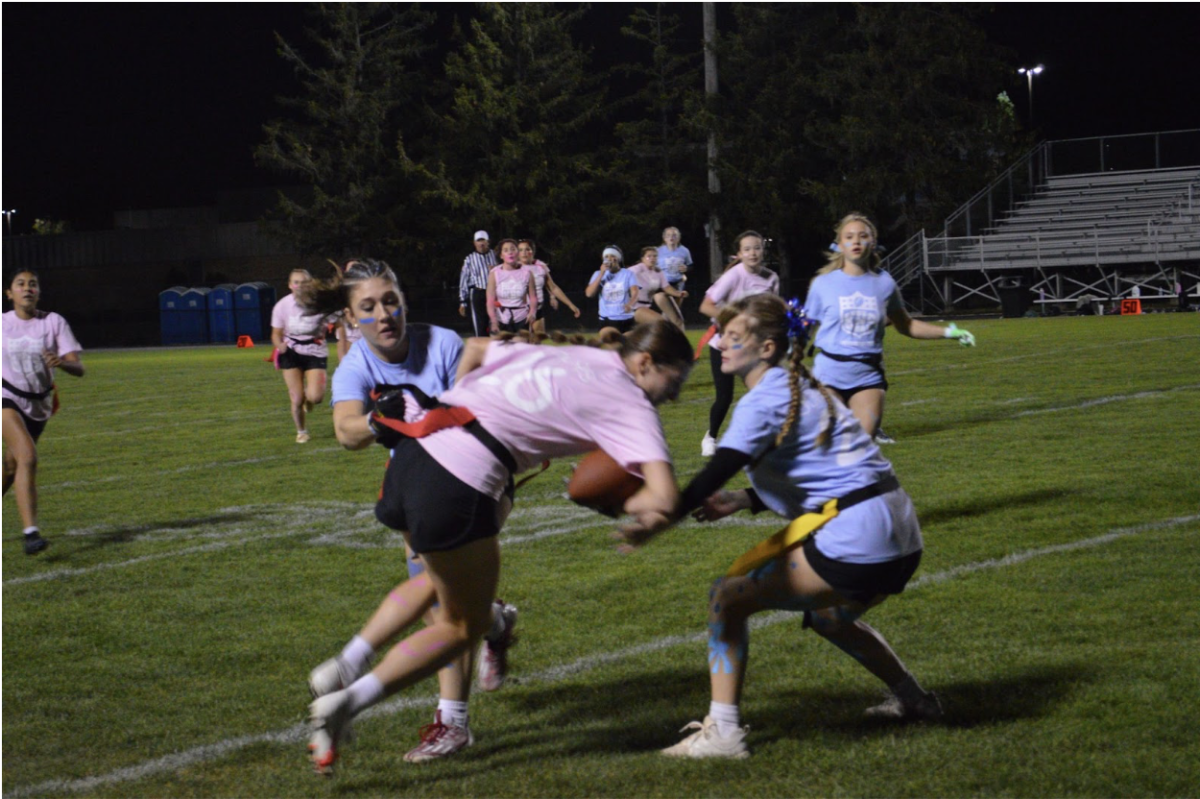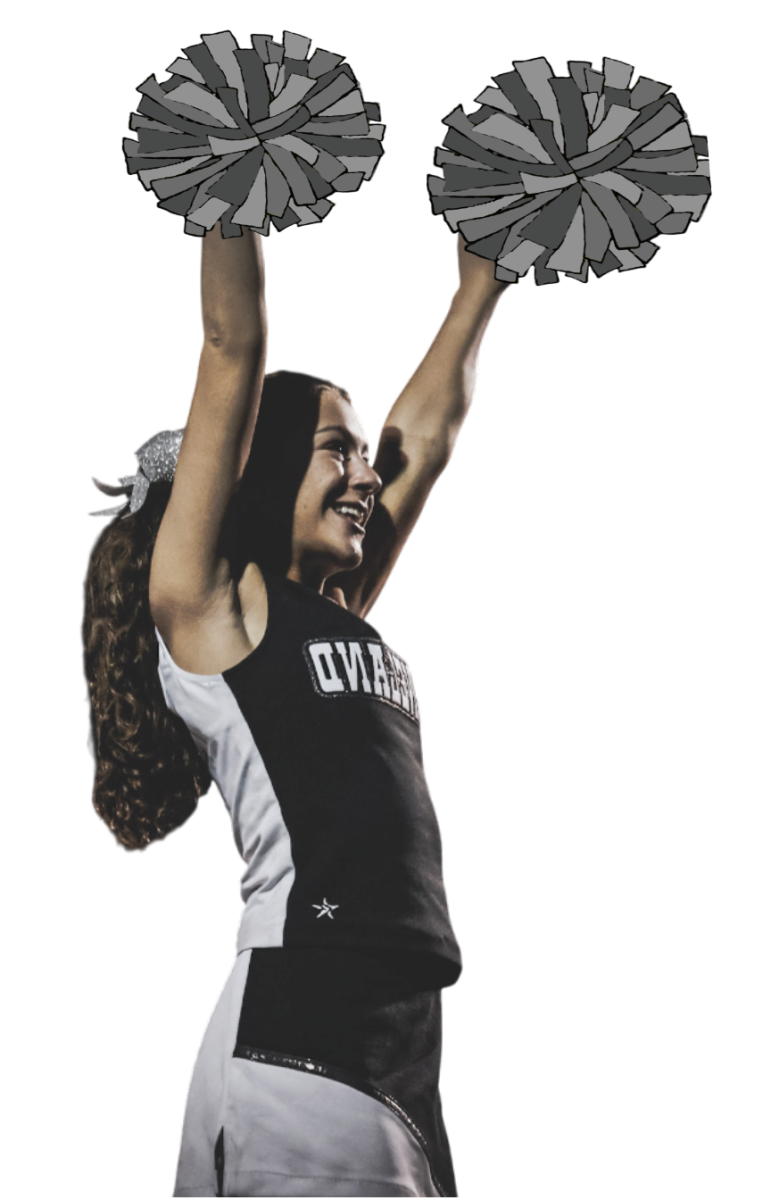It was the year 1972, the year Dwayne “The Rock” Johnson was born, the year Richard Nixon was president of the U.S., the year Grease had its first Broadway run and HBO came to television. During that same time, a law that would impact today’s high school student-athletes became a reality as well. The passing of Title IX paved the way for equal athletic opportunities regardless of gender. This opened opportunities for girls to start participating in high school sports and, although options were limited, the girls could finally play in any high school athletic event. That was over 50 years ago, and high school sports have grown tremendously since the passing of Title IX.
Title IX was signed into law on June 23, 1972, by President Nixon. Title IX gives female athletes equal access to sports in educational institutions.. Before 1972, options were limited for girls to participate in sports. Some schools had multiple girls sports and others had none. According to an article written by Sarah Pruitt for The History Channel, “In 1972 just over 300,000 girls played high school sports. Now the participation numbers have skyrocketed with roughly 3.24 million girls playing high school sports in the years 2021 and 2022.”
Jill Carpenter, a P.E. teacher at Kaneland High School and the varsity head coach for girls softball at Sycamore High School, was part of the uptick in girls’ participation in high school sports. Carpenter participated in softball, volleyball and basketball at her high school, Andrew, in Tinley Park, IL. She graduated in 1996 with many memories from her high school years playing sports. She is fortunate that her high school had almost every sport for girls to participate in. Since 1972, there have been more opportunities for participation in high school sports for girls, but numbers have dropped slightly in recent years due to burnout and pure exhaustion. Carpenter believes girls should participate in more than one sport in high school to avoid burnout in any one sport. “In today’s generation, you see a lot more specialization with the girls,” Carpenter said. “It is rare to see a three-sport athlete anymore from the girls’ sports. That’s sad because I think it makes you a better athlete and a better player in each sport by playing more than one sport. I also think that playing one sport for girls can cause burnout since it’s consuming so much of their time growing up. Then they lose the love for their sport and don’t even finish their high school years in athletics.”
While participation in girls sports has dropped in recent years, the number of sports available to them has increased. As of 2024, girls can participate in almost any sports the boys can play. Girls wrestling, lacrosse and flag football have been the most recent sports added to high schools. The IHSA recognized girls wrestling as a sport in 2021. Joshua West, a Kaneland High School P.E. teacher and head girls wrestling coach, has coached at Kaneland for two years. “The girls in wrestling are so positive and supportive with their teammates and opponents,” West said. “It is refreshing. I love to see girls supporting other girls in sports and competition.” Last year when she was a freshman at Kaneland, Angelina Gochis won the girls wrestling State championship. West said that was one of his proudest moments as a coach. He sat in the corner and soaked in all the love and cheering. It was a moment he will never forget.
Girls wrestling is booming in popularity, and so is flag football. Flag football is a girls high school sport in 11 states: Alabama, Alaska, Arizona, California, Colorado, Florida, Georgia, Illinois, Montana, Nevada and New York. Flag football for girls has been around for 20 years in Florida, but most of the growth has been in the last five to seven years in the other states. Junior Adriana Warrington is excited that flag football is coming to Kaneland next year. She participated in the yearly school tradition of powderpuff this past October, a flag football game for juniors vs. seniors that takes place during the week of Homecoming. This year, she said she made great connections with the coaches and her teammates and enjoyed playing. “I was very proud to play with the juniors and that we won,” Warrington said. “Also, [there was] the fact that our team did pretty well. It’s a boys sport. It’s always football, football. It’s always said to be a boy thing, but the fact that we had people who could throw well and were catching well , it just felt like a proud moment that we were even able to do that.”
Warrington is also on the girls varsity soccer team at Kaneland, and she’s been dreaming of playing soccer in high school ever since she was little. “Every girl dreams to be in a high school sport and wear the themes for their games, and they just want to support their school,” Warrington said. Warrington made the varsity soccer team her freshman year. She recalls feeling looked down upon and that nobody recognized the hard work it took to get on the varsity team. At that time, it was a common misconception that the girls soccer team was bad since a freshman made the varsity team, however the team was very successful and went to Regionals that year. She remembers a freshman boy who made the boys varsity team and how everyone was talking about how good he must be to make varsity as a freshman. Warrington believes that there is a stigma behind girls sports because girls have to work so hard just to be seen.
West thinks that there is shame behind girls’ sports as well. He believes that it is unfair for girls since they have to completely exert themselves in their sport, compared to the boys having to do very little to be recognized. “I feel like girls have to try twice as hard to get their name out there and recognized. It shouldn’t be that way,” West said. The lack of sports available in high school is no longer a problem for the girls, but a new problem has developed. The pressure of social media, burnout and having to try harder than their male peers to get recognized has caused some girls to stop wanting to play sports. “There is more emphasis on mental health now, but the girls today have a lot more challenges with social media that I did not have to deal with,” Carpenter said. “Nobody was blasting me online after a game or anything like that. That made life a lot easier.”
There has been growth in opportunities and unfortunately a decline in participation among girls in high school sports. Since 1972, girls’ high school sports have come a long way. It certainly hasn’t been a straight path forward for girls high school athletes, but since the passing of Title IX, there are more opportunities. Although pressure and burnout have increased for female athletes, the opportunities and competitions for girls have taken off. These opportunities continue to open new doors and bring a new enthusiasm for women’s athletics.

















